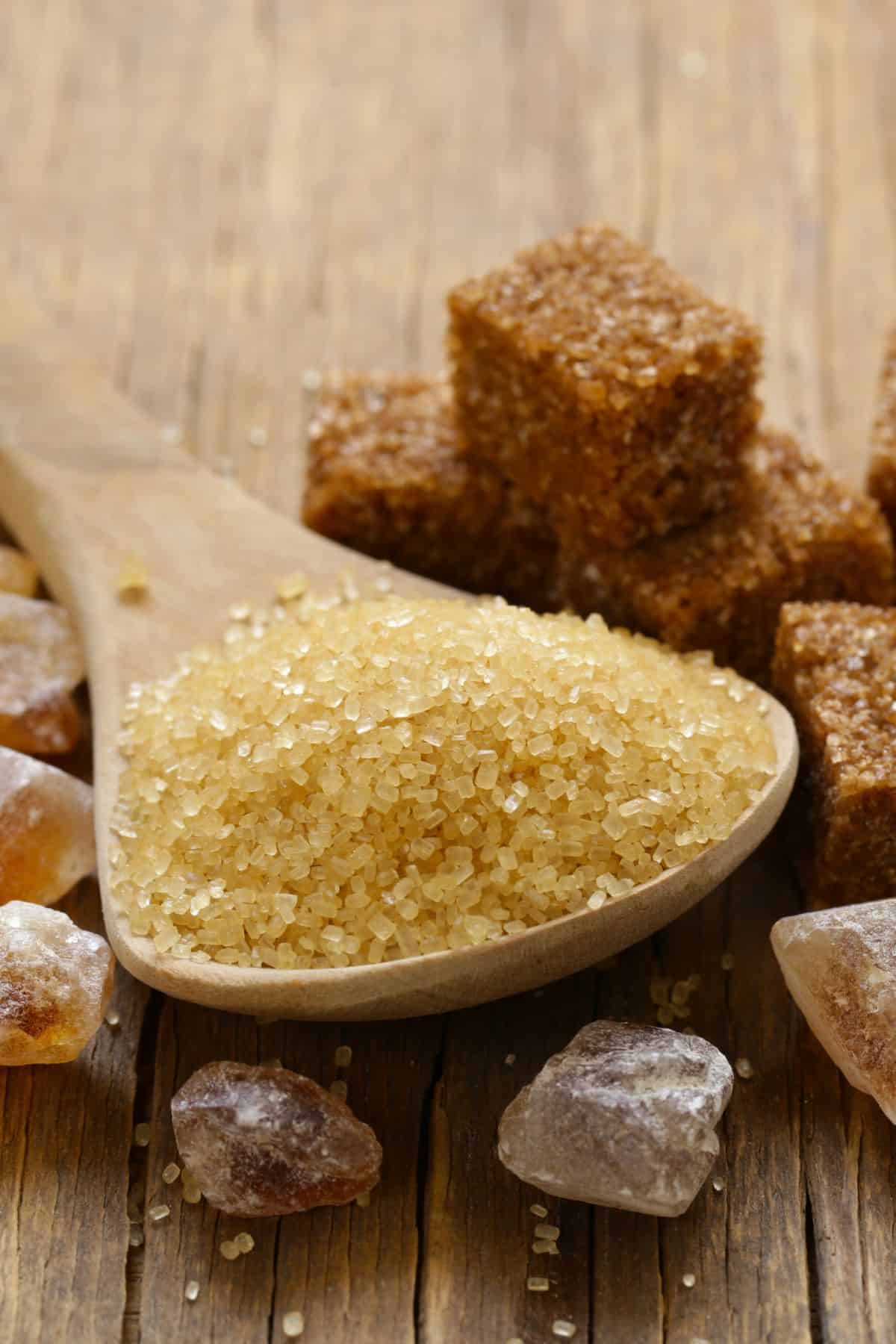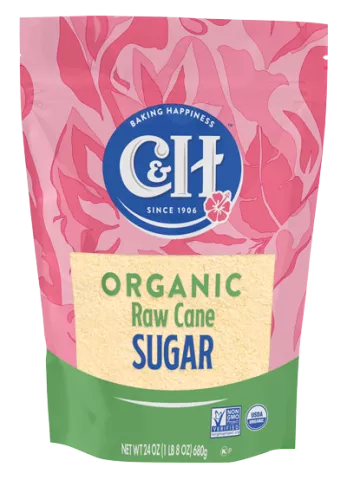An Extensive Overview to the Ecological Influence and Sustainability Practices in Walking Cane Sugar Processing
The ecological effect of walking stick sugar processing offers a complicated range of challenges that warrant careful exam. From dirt degradation and too much water use to the carbon footprint linked with growing and production, the effects of conventional practices are far-ranging. What certain practices can be applied to strike an equilibrium between performance and environmental stewardship?
Review of Cane Sugar Handling
Walking stick sugar handling includes a collection of methodical actions that transform sugarcane right into refined sugar. Originally, harvested sugarcane is moved to processing centers, where it undergoes cleansing to eliminate dirt and debris. Following this, the walking cane is crushed to remove juice, which is then made clear by eliminating impurities with home heating and the addition of lime.
The cleared up juice undertakes dissipation, where water is removed to concentrate the sugar web content. These crystals are divided from the continuing to be syrup using centrifugation, resulting in raw sugar.
The final product is after that dried out and packaged for circulation. Throughout this whole process, keeping performance and quality control is vital to make sure the sugar fulfills sector criteria. Each action in cane sugar processing not only adds to the end product yet additionally has effects for source usage and waste generation, establishing the phase for conversations on sustainability and ecological influences related to sugar production.
Environmental Difficulties of Production
The production of cane sugar presents several significant ecological obstacles that warrant interest. One key problem is the comprehensive use agrochemicals, including pesticides and plant foods, which can lead to dirt deterioration, biodiversity loss, and contamination of local water sources. The runoff from sugarcane fields typically brings these chemicals right into neighboring ecological communities, interrupting aquatic life and affecting the health of communities reliant on these water bodies.
An additional difficulty is the high energy consumption connected with sugarcane handling. The boiling and refining phases require significant warm, primarily created by melting nonrenewable fuel sources, adding to greenhouse gas exhausts. Additionally, the expansive land area needed for sugarcane growing can result in logging and environment devastation, additional intensifying environment modification and harmful wild animals.
Furthermore, the labor techniques in some regions elevate honest concerns, as workers may face inadequate working conditions and poor salaries. This scenario usually continues a cycle of destitution in regional areas. Cane Sugar Processing. Dealing with these ecological challenges is critical for developing a lot more sustainable methods in walking cane sugar production, eventually profiting both the environment and the neighborhoods entailed in this industry
Water and Land Usage Impact
Water resources and land use are vital components in the walking cane sugar market that significantly affect the setting. The farming of sugarcane requires considerable water input, with price quotes suggesting that it can take in approximately 2,000 litres of water per kilogram of sugar created. This extensive use water typically leads to depletion of regional water sources, influencing not just the sugarcane plantations however likewise bordering ecosystems and neighborhoods that count on the very same water sources for agriculture and domestic use.

Moreover, land usage for sugarcane cultivation can bring about deforestation and the conversion of all-natural habitats into monoculture haciendas. This practice reduces biodiversity, disrupts regional ecosystems, and adds to dirt degradation. The growth of sugarcane areas typically elbows in on important farming land, developing competition for sources in between food and biofuel production.
Sustainable methods, such as maximizing irrigation methods and applying plant rotation, are important to mitigate these effects. By embracing extra efficient water usage and land administration strategies, the walking stick sugar market can lower its eco-friendly footprint, making certain a balance between farming performance and ecological conservation.
Greenhouse Gas Emissions
Greenhouse gas emissions represent a considerable ecological problem within the cane sugar handling industry, specifically as agricultural practices increase to meet worldwide demand. The farming of sugarcane, a crop that prospers in tropical climates, relies heavily on synthetic plant foods and pesticides, which add to laughing gas discharges. Furthermore, land-use adjustments, consisting of deforestation for brand-new sugarcane vineyards, release co2 kept in plants and dirt.
Throughout handling, energy intake is one more major resource of greenhouse gas discharges - Cane Sugar Processing. Several sugar mills use nonrenewable fuel sources to power equipment and create warm, causing substantial carbon footprints. In addition, the transportation of raw sugarcane and completed products includes layers of discharges via fuel combustion in cars
This entails evaluating existing agricultural practices, processing techniques, and transport systems to recognize areas for enhancement and reduction. Resolving greenhouse gas emissions is important for promoting a much more sustainable cane sugar sector in an altering environment.

Sustainable Practices and Innovations
Lasting methods and technologies are progressively essential in the walking stick sugar handling market as stakeholders seek to lower environmental impacts while preserving productivity. One substantial improvement is the implementation of integrated plant look these up management, which maximizes resource usage by integrating soil monitoring, pest control, and crop turning techniques. This approach boosts yield while decreasing chemical inputs and maintaining soil health.
In addition, the fostering of sustainable power sources, such as biomass from sugarcane deposits, has actually gotten grip - Cane Sugar Processing. By converting waste products into energy, refining facilities can reduce their dependence on fossil gas, consequently lowering greenhouse gas discharges
Water monitoring practices have actually additionally seen enhancements through the recycling and reusing of water in processing plants, significantly minimizing freshwater consumption. Innovations in modern technology, such as accuracy farming, make it possible for farmers to monitor crop wellness and source use better, ensuring lasting growing methods.
Furthermore, certification programs like Fair Profession and Jungle Partnership urge ecologically responsible farming methods and advertise social equity within the supply chain. By accepting these lasting methods and developments, the walking cane sugar processing sector can enhance its resilience and add favorably have a peek here to environmental stewardship.
Verdict
The environmental influence of walking stick sugar processing presents significant challenges, including soil degradation, high water intake, and greenhouse gas emissions, along with moral worries connected to labor techniques. Attending to these concerns through sustainable methods, such as incorporated plant management, sustainable energy fostering, and water recycling, is necessary. By advertising socially fair and ecologically accountable methods in sugar manufacturing, the market can minimize its unfavorable effects, ensuring an extra lasting future for both areas and environments involved in this field.
Cane sugar handling includes a series of organized steps that change sugarcane right into refined sugar. Each action in cane sugar processing not only adds to the last item however also has implications for source usage and waste generation, establishing the phase for discussions on sustainability and environmental influences associated with sugar production.
Greenhouse gas discharges stand for a considerable environmental issue within the walking stick sugar processing market, particularly as agricultural techniques expand to satisfy global need.Sustainable techniques and developments are increasingly crucial in the walking cane sugar processing industry as stakeholders look for to decrease environmental influences while keeping performance.The environmental effect of walking cane look at this site sugar handling provides considerable obstacles, including dirt destruction, high water consumption, and greenhouse gas discharges, together with ethical concerns connected to labor techniques.